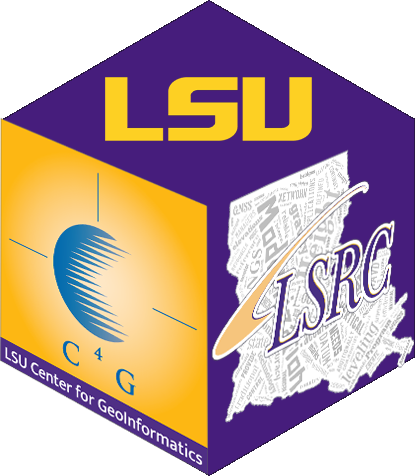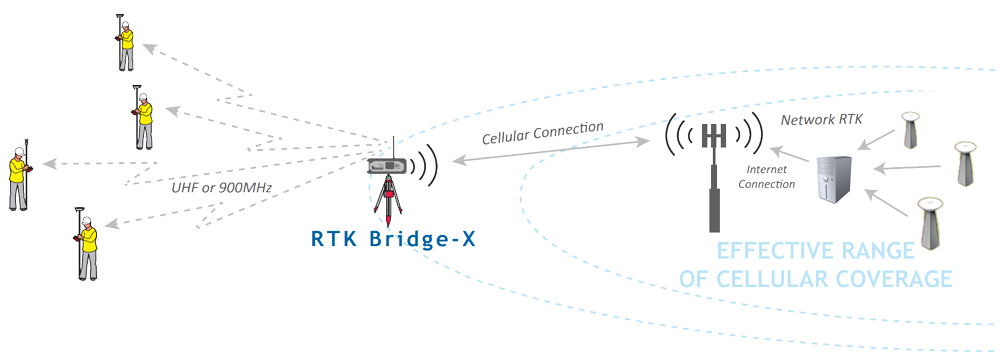WHAT CAN I DO IN A POOR CELL ENVIRONMENT?
You are always at the mercy of the cellular coverage; it might be poor in some areas all the time and somewhat usable on other days or at different times of the day. The cell coverage maps from the main carriers are not always accurate but can give you a general idea. The carriers have been rapidly upgrading their systems and coverage. There are apps that show cell tower locations and what carriers are on each tower. If you have a built-in modem, see if you have the option of connecting an external cell antenna. It is hard to keep up with which carrier works best in which region of the state, which continues to evolve. C4G has no cell coverage map; the situation moves too fast, and it is impractical to comprehensively try to test across the state. We rely on user feedback, and some note that they can now get cell service in areas they could not even a few years ago.
We do get asked if there are ways to improve the signals, like with boosters. From user feedback: some carry phones/modems for two or more carriers if they work in multiple areas across the state. Some users who use their phone as a hotspot or have a portable WiFi hotspot will put those on a telescoping rod to get some elevation; it is surprising how an extra 10’ can improve cell reception in some places. If you have a built-in modem, see if you can connect an external cell antenna. Some WiFi hotspots come with an external antenna jack (SMA coax connector). There are large dipole cell antennas and directional (yagi-style, that you can point at the nearest cell tower). Adding a booster to the mix may also help: if you have RF ‘garbage’ coming, the booster may just amplify the ‘garbage’. In marginal cell areas, a booster can help, but it can be hit or miss. The in-line boosters work better than proximity-styler boosters. An effective booster can cost hundreds of dollars and needs its own power source.
We use in-line boosters for many of the reference stations, but those are fixed locations where we test and set up the right antenna for the location.
There is a hybrid solution called an Ethernet Bridge, like the ones made by Intuicom. These devices deliver rock-solid connectivity and consistent RTK connections, whether from a Base Station or Network. These devices work by placing the Ethernet Bridge in a location where the cell coverage is good, and it relays the connection by radio to one or many rovers. While these can be a bit expensive, they are a great tool to have when cell coverage is interrupting your productivity.
We have tested a last resort option for spotty cell areas: switch to single-base (but there are trade-offs). The reason this might work is that single base does not require consistent bi- directional communications with the RTN like VRS does; a single base solution is a request that starts the flow, and if there are gaps in the flow, your rover will simply wait until it has enough data. The one big caveat is that if you are in an area with poor cell, there is likely not a reference station nearby, and the long-baseline, single base solution may be poor quality and inconsistent.
A key recommendation from users who encounter poor/no cell areas: collect static and or PPK and post-process or use one of the commercial precise point positioning (PPP) services that broadcast from L-Band satellites (lower precision, especially in the vertical, but good in a pinch). C4Gnet.XYZ has an online post-processing service for static observations (not PPK) for anyone requesting a free account; see more below.
No questions yet.

